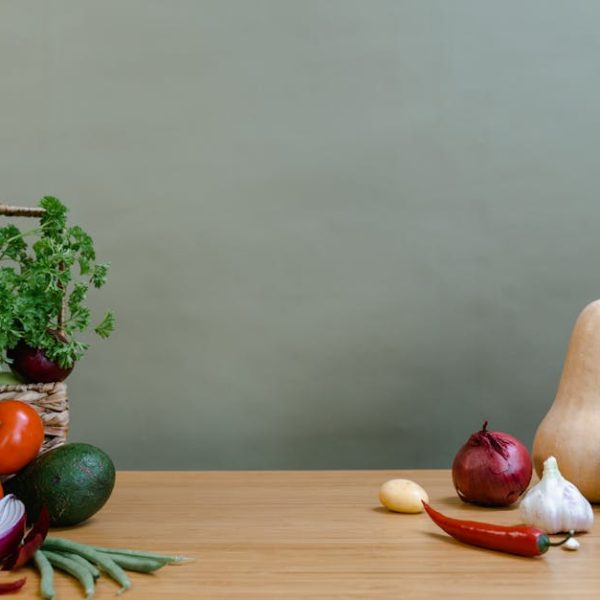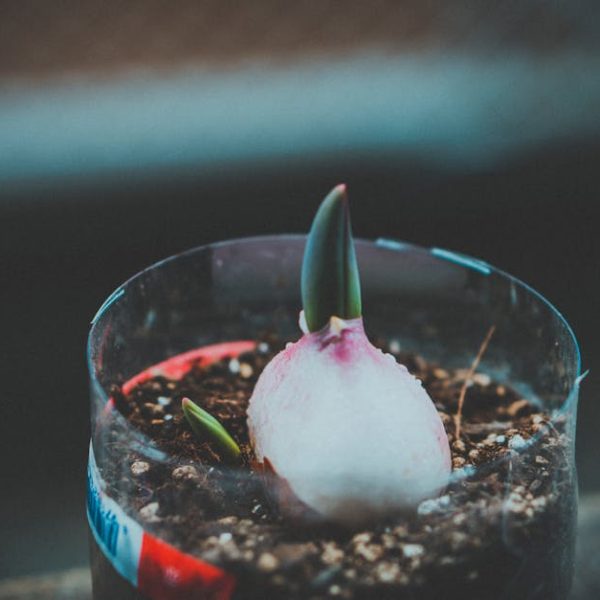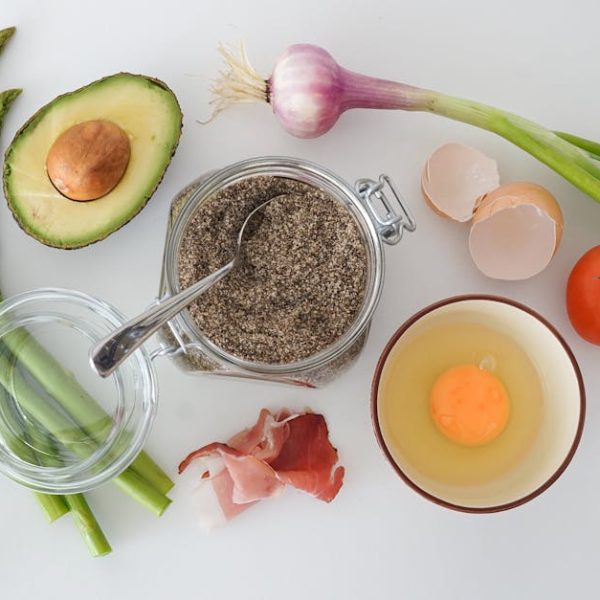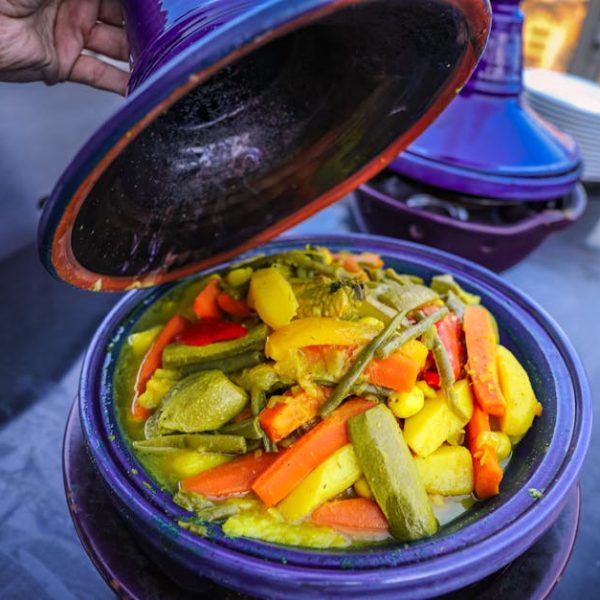Often found gracing salad bowls, infusing flavor in soups, and adding crunch to sandwiches, green onions and scallions play a crucial role in a variety of dishes. But what’s the difference between the two? Are they just regional variances of the same plant, or do they possess unique qualities? Understand the similarities and differences between green onions and scallions to make an educated choice when shopping, cooking, or even starting a home garden.
An Overview of Green Onions and Scallions
To start with, let’s explore the nature of green onions and scallions. Green onions, also known as spring onions, are young onions harvested before the bulbs fully form. They are identified by their long, squat white base and contrasting dark, leafy green tops. Essentially, you can use green onions as an all-purpose onion, from garnishing dishes to grilling and sautéing.
On the other hand, scallions, also referred to as bunching or Welsh onions, are a variety of onion that doesn’t form a bulb. They have long, straight, and tender green stalks with a milder flavor than typical onions. They contribute a zesty, fresh, and crunchy element to dishes and are often used raw in salads, sandwiches, and salsas.
Here’s a quick fact: The names green onion and scallion are often used interchangeably, especially in the United States. This common mix-up is due to both being from the Allium species and their close resemblance in appearance and taste.
The Difference Between Green Onions and Scallions
While it’s true that green onions and scallions share a lot in common, a few subtle differences set them apart. The distinction lies mainly in their physical characteristics and overall flavor profile.
Comparing Green Onions to Scallions:
- Bulb Shape: Green onions have a slightly bulbous base, whereas scallions have straight, slender stalks.
- Flavor Intensity: Green onions tend to have a more intense flavor than scallions, with an aroma reminiscent of standard onions.
- Color Contrast: Green onions have a stark color contrast between their white base and deep green tops. In contrast, scallions have a more consistent light green color throughout their stems.
Pro-tip: To help differentiate between green onions and scallions while shopping, always check the basis of the stalks. Scallions have uniformly slender stems, while green onions exhibit a modest bulbous form at the base.
The Cultivation and Growing Process of Green Onions and Scallions
Like most vegetables, green onions and scallions need fertile soil, ample watering, and appropriate spacing to flourish. The main contrast lies in the time frame and bulb formation.
Essential Steps for Green Onions and Scallion Cultivation:
- Choose Hardiness Zone: Plant green onions and scallions in the cooler seasons as they belong to the cool-season hardiness zone.
- Spacing: Plant seeds two inches apart, allowing adequate room for growth and access to nutrients.
- Watering: Provide consistent watering approximating an inch of water per week.
- Harvest: Green onions are usually ready for harvest 65 to 80 days after planting, while scallions clock in at a quicker 30 to 60 days.
Remember, the best indicator of readiness for harvest for both green onions and scallions is the thickness of the base. Once the stalks reach around a quarter inch in diameter, they’re ready to be lifted from the soil and into your kitchen!
Nutritional Value of Green Onions vs. Scallions
Don’t let their small size fool you – green onions and scallions pack a significant nutritional punch. They are both low in calories yet offer a generous mix of vitamins, minerals, and fiber.
Here are the key nutritional components found in Green Onions and Scallions:
- Vitamins: Both green onions and scallions are rich in Vitamin A, Vitamin C, and Vitamin K. While green onions also contain trace amounts of Vitamin B6, Scallions offer a vitamin punch of B2 and B9.
- Minerals: They provide a good source of potassium and manganese.
- Fiber: Green onions and scallions provide dietary fiber.
On the downside, they also contain organosulfur compounds that can cause indigestion in some individuals when consumed in large quantities.
| Nutrient | Green Onions (per 100g) | Scallions (per 100g) |
|---|---|---|
| Calories | 32 | 31 |
| Protein | 1g | 1.8g |
| Fiber | 2g | 2g |
| Vitamin C | 18mg | 28mg |
| Potassium | 276mg | 263mg |
Culinary Uses of Green Onions and Scallions
Whether you’re making classics like potato salad or experimenting with gourmet recipes, green onions and scallions can take your dishes to great culinary heights.
Here are a few recipes where green onions and scallions shine:
- Green Onions: Green Onion Pancakes, Grilled Green Onions, Stir-Fried Vegetables with Green Onions, Green Onion and Cheddar Biscuits.
- Scallions: Scallion Pesto, Scallion Pancakes, Fried Rice with Scallions, Scallion Knots.
Preserving and storing these veggies right can optimize their flavor. For the best freshness, loosely wrap green onions and scallions in a damp paper towel and store them in the refrigerator. They can last for up to a week when stored properly.
Knowing the difference between green onions and scallions and how best to use them can broaden your culinary repertoire. Enjoy their distinctive tastes and nourishment in your meals!
Key Takeaway:
- Green onions and scallions are similar in many respects as they both belong to the Allium species. They are used interchangeably in cooking, but there are minor differences to note.
- Green onions, or spring onions, have a slightly bulbous base and a more intense flavor. On contrast, scallions have straight, slender stalks and a milder flavor.
- Cultivation wise, both require similar growing conditions. However, while green onions take 65 to 80 days to mature, scallions are ready for harvest in 30 to 60 days.
- Nutritionally, both green onions and scallions are low in calories and rich in various vitamins and minerals. They also contain dietary fiber, though they can cause indigestion in some people if consumed excessively.
- In terms of culinary uses, both vegetables enhance various dishes with their unique flavors and textures. They can be incorporated in countless recipes from green onion pancakes to scallion pesto.
Green onions and scallions, despite their similarities, have their unique traits. Understanding their differences not only helps in choosing the right one for your recipes but also appreciating their culinary versatility. Go ahead, incorporate both in your kitchen and enjoy the diversity and freshness they bring to your meals!
FAQs
Q: Are green onions and scallions the same thing?
A: While often used interchangeably, especially in the United States, green onions and scallions have slight differences. Green onions have a slightly bulbous base and are more flavorful while scallions are characterized by their straight, slender stalks and a milder flavor.
Q: Can I substitute green onions for scallions in a recipe?
A: Yes, you can substitute green onions for scallions, or vice versa, in most recipes. However, keep in mind that green onions have a slightly stronger flavor compared to scallions.
Q: How do you grow green onions and scallions?
A: Both green onions and scallions require similar growing conditions – fertile soil, ample watering, and appropriate spacing. The main difference is the harvest time as green onions take longer to mature than scallions.
Q: What dishes are green onions and scallions commonly used in?
A: Green onions and scallions can be used in a wide variety of recipes including pancakes, stir-fried vegetables, pesto, fried rice, and more.
Q: How do you store green onions and scallions?
A: To preserve their freshness, green onions and scallions should be loosely wrapped in a damp paper towel and stored in the refrigerator, where they can last for about a week.
We hope you found this information helpful! Do share this article with anyone else you think could benefit from it and explore more posts on our website for other interesting insights!






